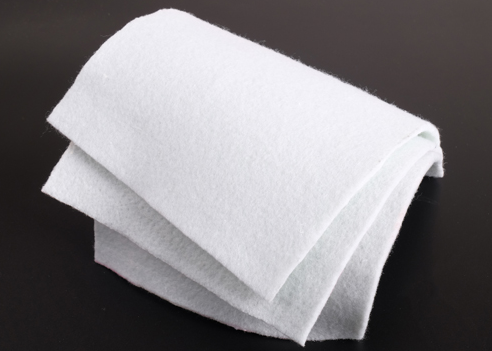Geotextile, also known as geotextile, is a permeable geosynthetic material made from synthetic fibers through needle punching or weaving. Geotextile is one of the new materials of geosynthetics, and the finished product is in the form of a cloth, with a width of 4-6 meters and a length of 50-100 meters. Geotextiles are divided into woven geotextiles and non-woven filament geotextiles.
Geotextiles are widely used in geotechnical engineering such as water conservancy, electricity, mines, highways, and railways:
1. Filter materials for soil layer separation;
2. Drainage materials for mineral processing in reservoirs and mines, and drainage materials for foundations of high-rise buildings;
3. Anti erosion materials for river embankments and slope protection;
4. Reinforcement materials for railway, highway, and airport runway roadbeds, and reinforcement materials for road construction in swampy areas;
5. Frost and frost resistant insulation materials;
6. Anti cracking materials for asphalt pavement.
Characteristics of geotextile:
1. High strength, due to the use of plastic fibers, it can maintain sufficient strength and elongation in both dry and wet conditions.
2. Corrosion resistance, able to withstand corrosion for a long time in soil and water with different acidity and alkalinity.
3. Good water permeability lies in the presence of gaps between fibers, which leads to good water permeability.
4. Good resistance to microorganisms and insect damage.
5. Convenient construction, due to its lightweight and flexible material, it is easy to transport, lay, and construct.
6. Complete specifications: up to 9 meters in width. Mass per unit area: 100-1000g/m2
Post time: May-06-2023

